Looks Delicious! at Japan House



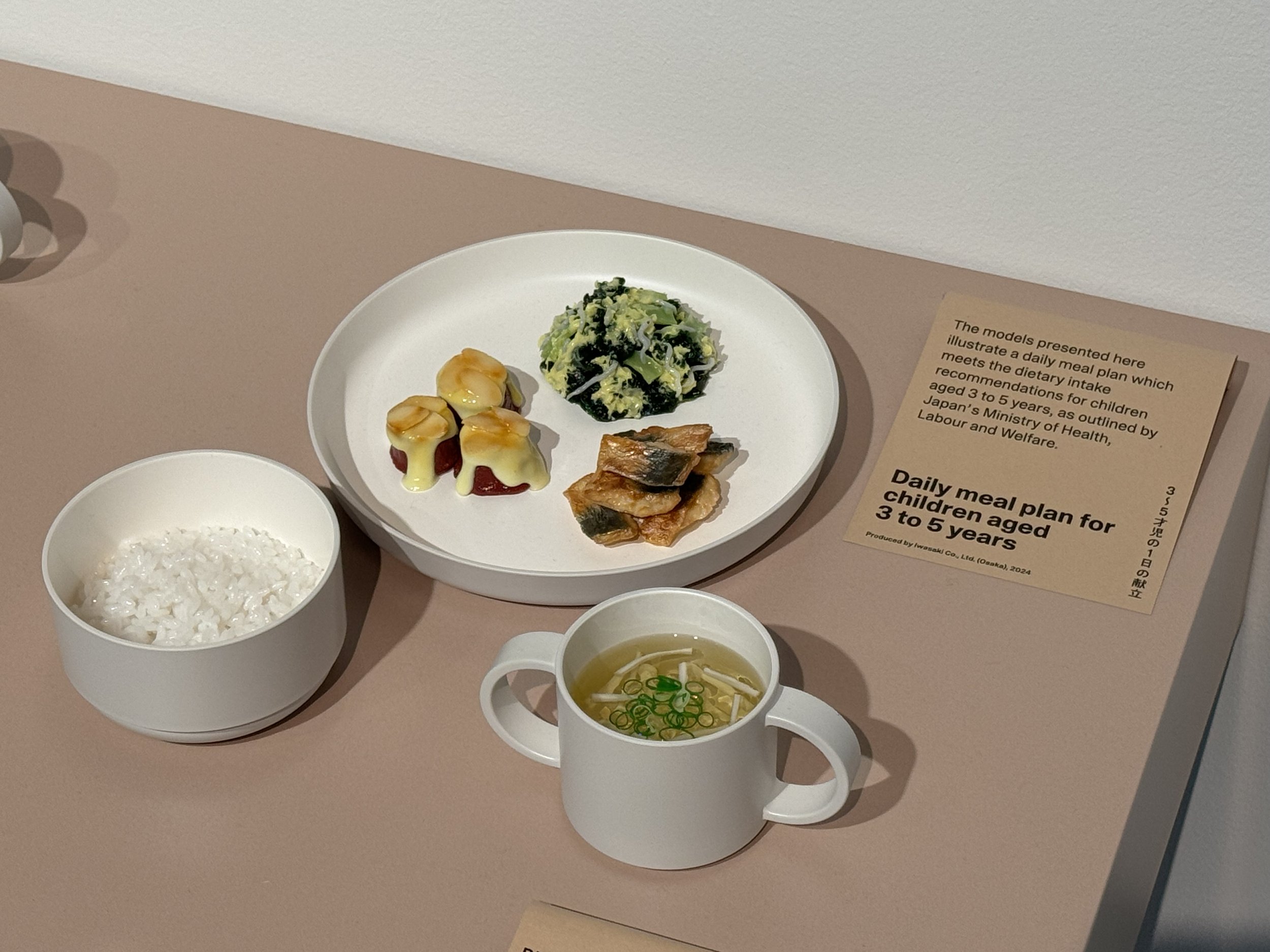
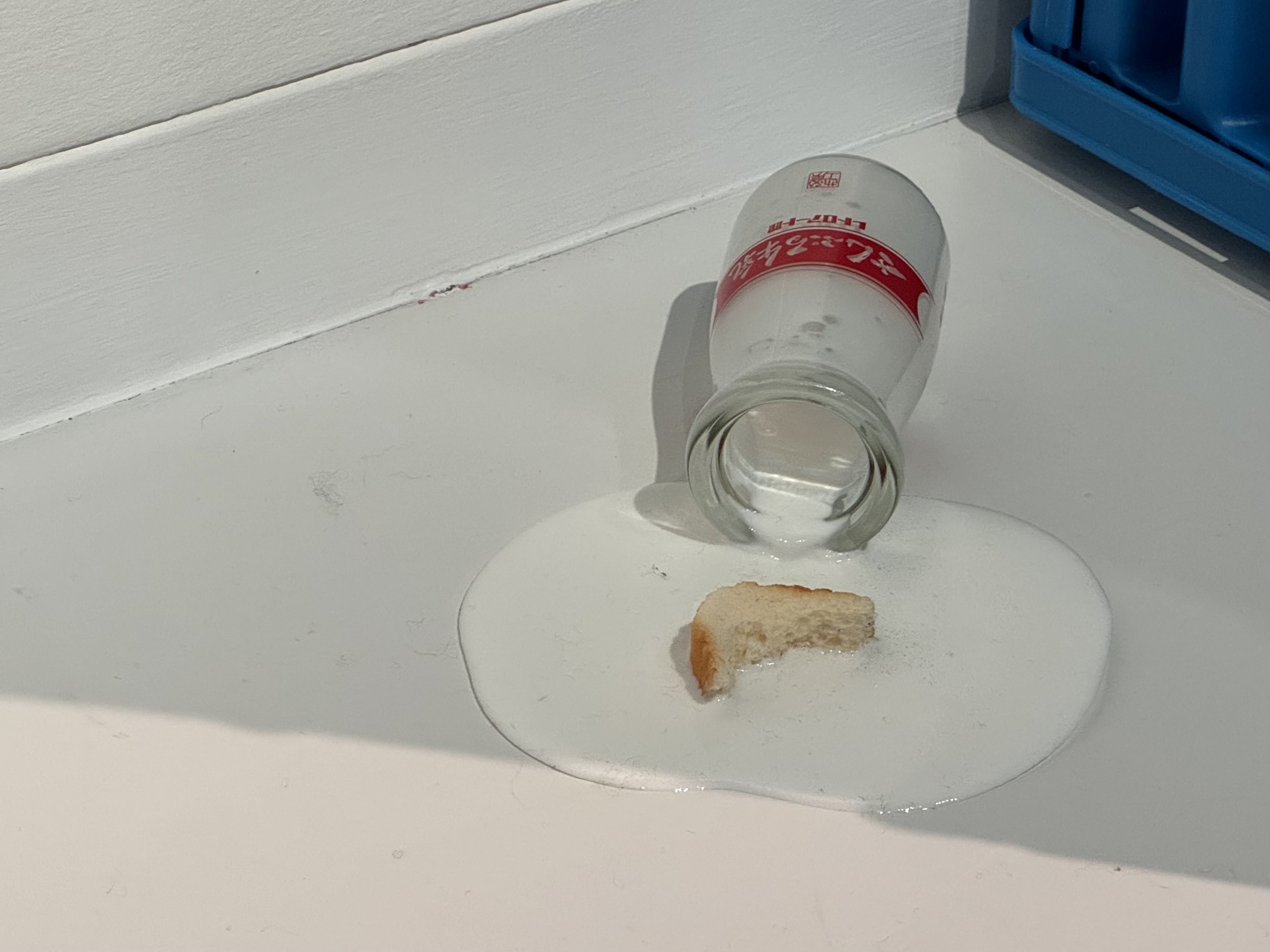
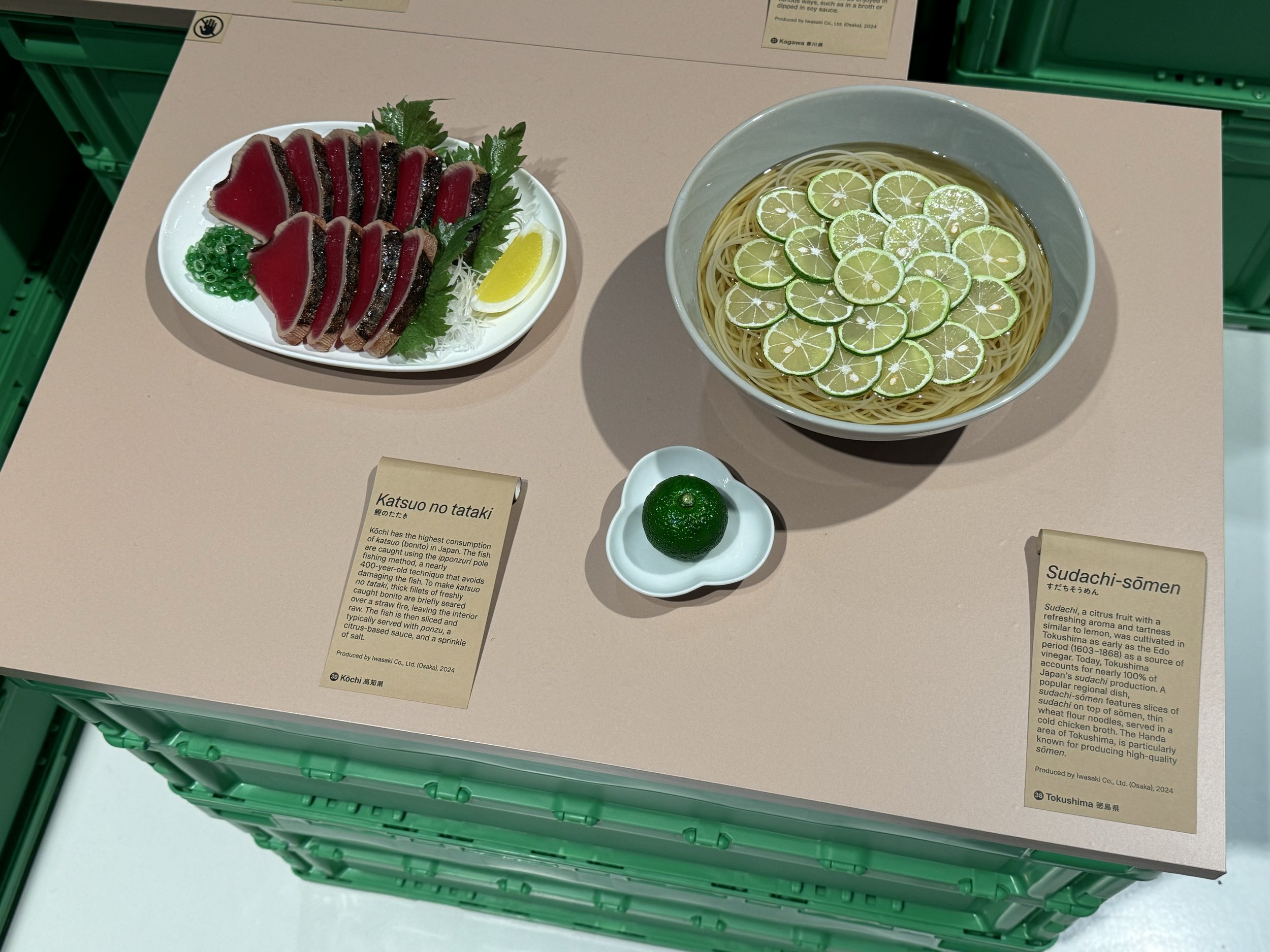


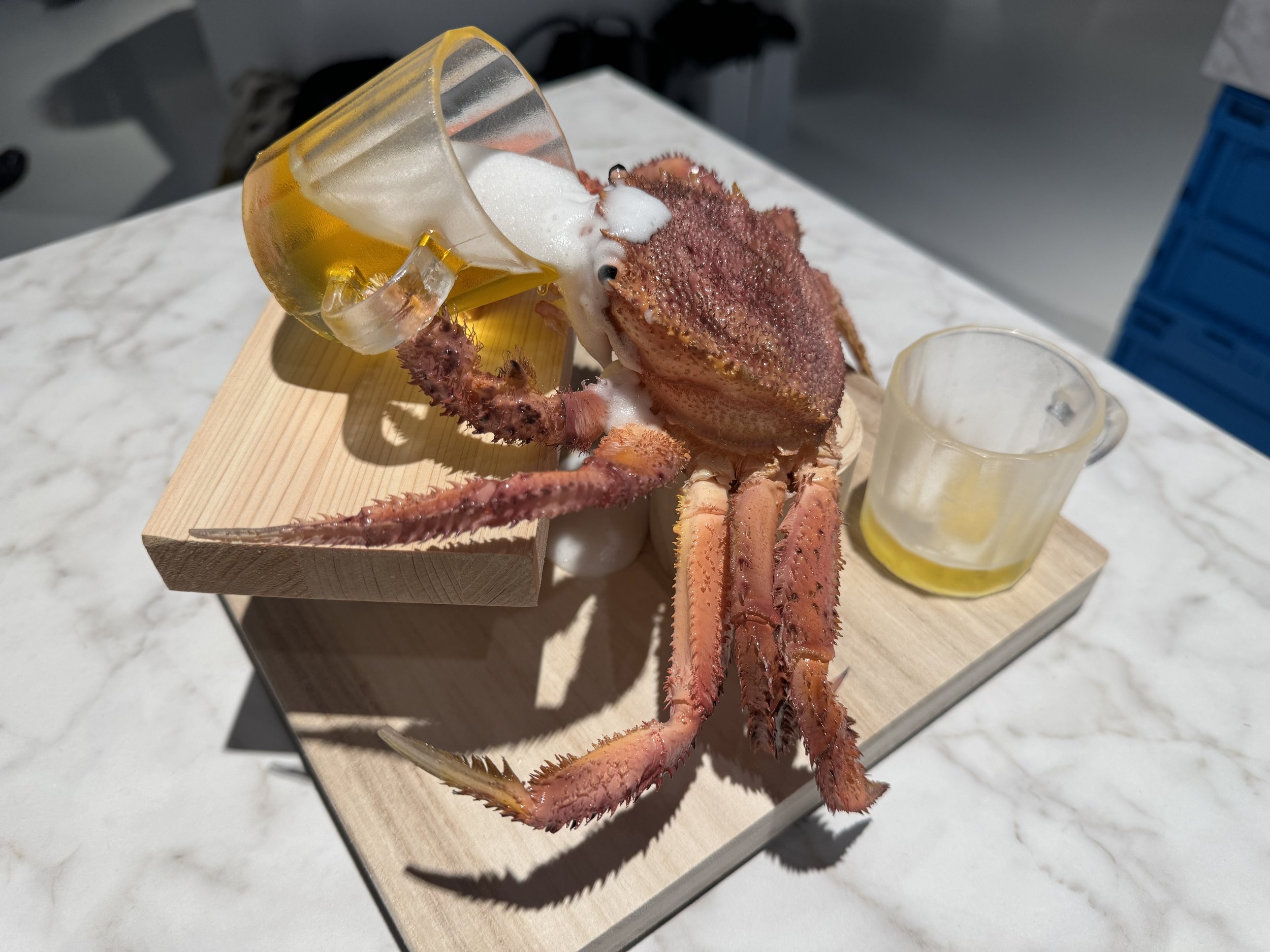
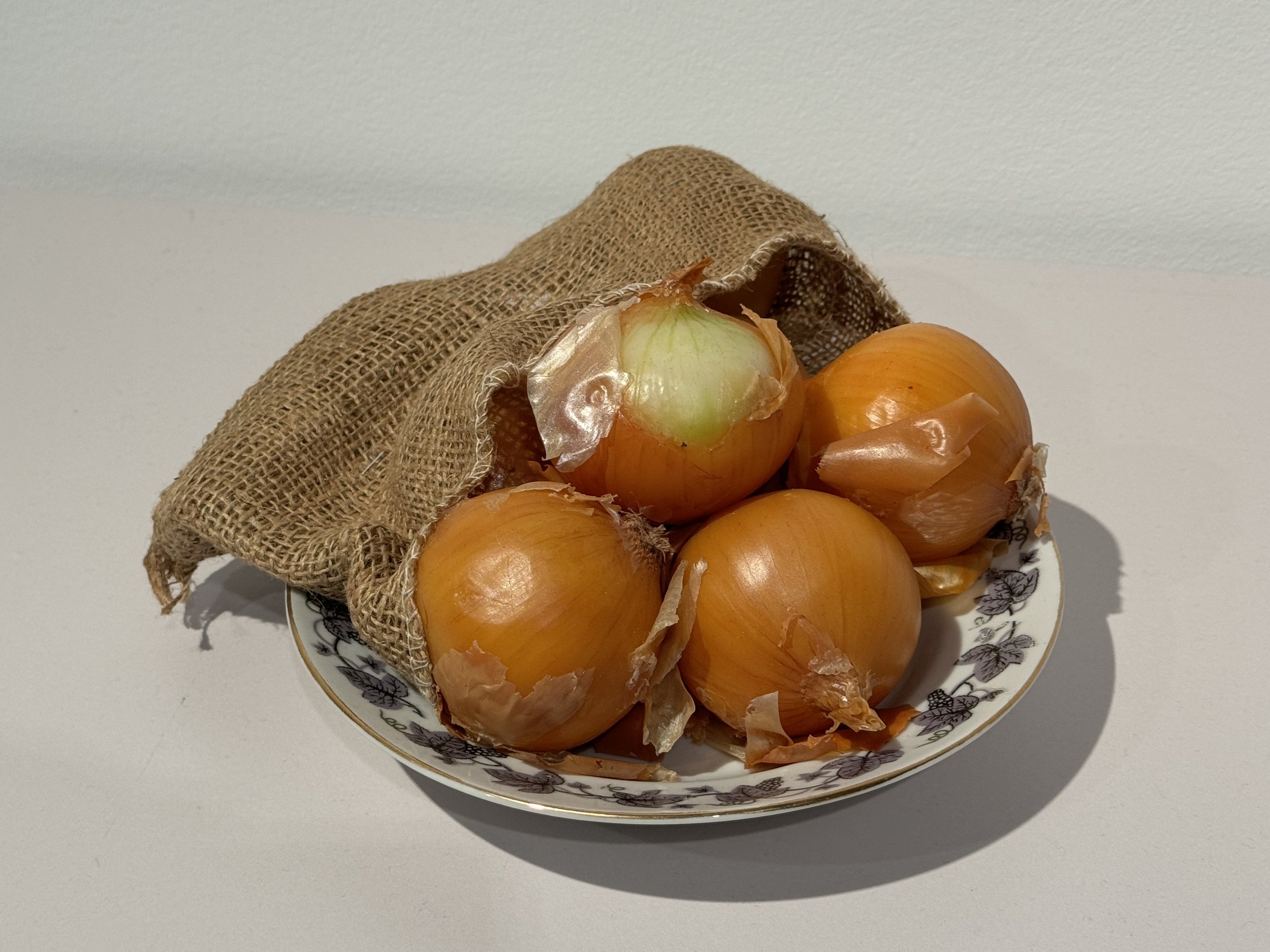
“Looks Delicious!” might be the best show title ever, right down to the use of an exclamation point, since that accurately describes the face of every visitor I’ve seen wandering through the exhibition. That’s because not a single one of the 200+ displays of food that you will see is actually edible. It’s fake. All of it.
The show is an exploration of Japan’s food replica culture (“shokuhin sanpuru”) which began in the 1920s as a convenient way to save restaurant chefs the hassle (and waste) of making daily display plates of real food in lieu of a menu. Whereas Western diners are used to pointing at a glossy photo board of options to identify which meal deal they want to supersize, Japanese tea houses and restaurants fill their windows with life sized, hyper-realistic recreations of the delicious dishes that await you inside. Just like chefs, no two are alike.
Each food replica is made based on the exact specifications of the restaurant that commissions it, in an attempt to showcase just what it is that separates their house specials from the establishment next door. Since every piece is bespoke, the production process has remained fundamentally the same for almost one hundred years: it’s all done by hand. As you’d expect, that process isn’t cheap. Food replicas generally cost about ten times the menu price, and sushi ain’t exactly a budget dish.
A series of displays and specially commissioned videos will show you how it’s done and explain a bit about the history of Iwasaki Group, which began in 1932 and today accounts for ~70% of Japan’s food replica market share. That’s a lot of fake food! They partnered with Japan House to present this exhibition and provided all of the models, including a representative dish from each of Japan’s 47 prefectures. It’s one of the most salivating maps you’ll ever see.
Without exaggeration, some works are so lifelike its mind blowing. I’m still not convinced that the plate of white onions with dried flaky skins wasn’t real. In fact, the exhibition texts explain that food models are “more real than the real thing”. Visual cues like additional textures or super-saturated colours are often incorporated even though they might not really exist, because they help trigger memories that people have about how a food tastes or feels. Maybe that’s why this phenomenon hasn’t taken off in the UK, where the taste of some of our best dishes is often inversely proportional to how they look.
Japanese culture is renowned for continued refinement, and it’s fascinating to see how something as modest as fake food has become an art form unto itself. The show takes over the entire basement space and includes museum-style displays about the evolution of the production process and how modern use of food replicas has expanded into quality control and nutritional education, amongst other things. It’s no longer just for window displays aimed at hungry punters.
There’s even an interactive area where you can create your own bento box, but my favourite section is the series of ‘anything goes’ models that were created for competitions allowing the craftsmen to flex their skills and have a bit of fun. It’s a terrific showcase for the meticulous detail, seriousness and precision that Japan is known for, but the amusing results prove that even in Japan they play with their food.
Plan your visit
‘Looks Delicious!’ runs until 16 Feb 2025.
Visit japanhouselondon.uk and follow @japanhouseldn on Instagram for more info about the venue.
PLUS…
Check the What’s On page so you don’t miss any other great shows closing soon.
Subscribe to the Weekly Newsletter. (It’s FREE!)
